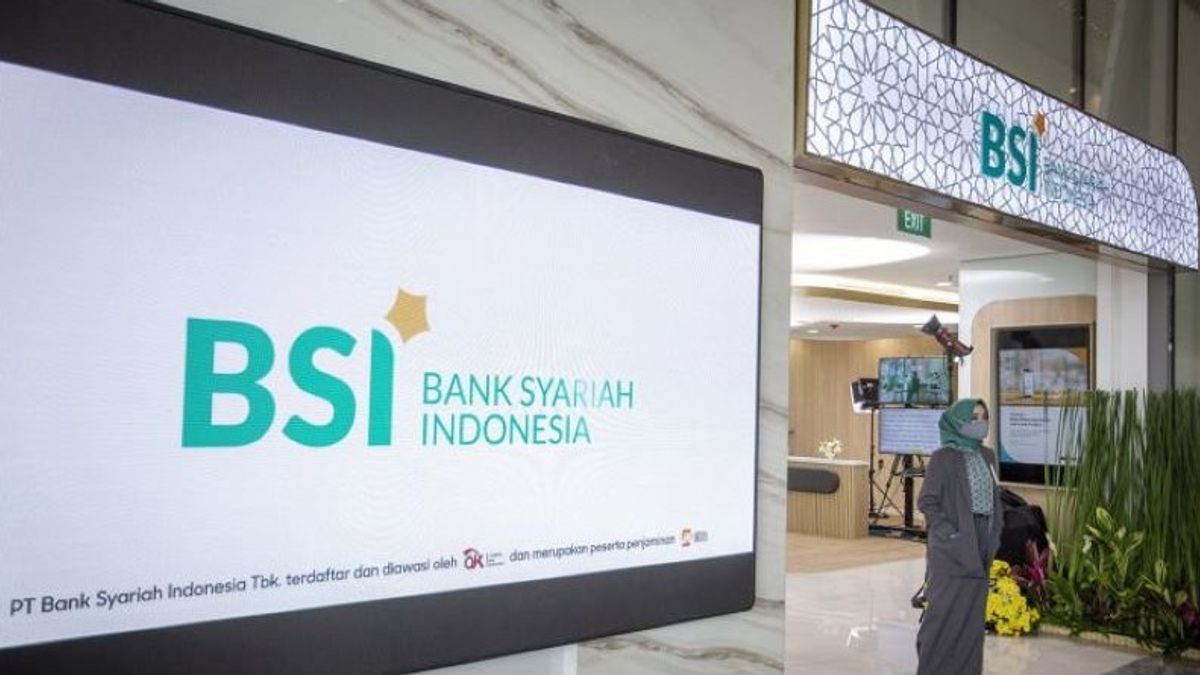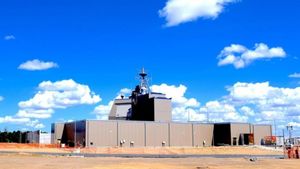JAKARTA - The business focus chosen by PT Bank Syariah Indonesia Tbk. namely, the micro, small and medium enterprises (MSMEs) sector presents great opportunities as well as quite high risks.
This is because grassroots segmentation is the main driving force behind the economy. On the other hand, MSMEs are often considered to be the most vulnerable to crisis attacks such as in the current pandemic condition.
Quoting the Financial Services Authority (OJK) broadcast, lending as well as financing to the MSME segment has contracted since March 2020. As a result, intermediation growth last year fell to minus 1.73 percent year-on-year.
As an illustration, the position of MSME credit in November 2020 was IDR 1,090.7 trillion, then weakened in December 2020 with IDR 1,088.3 trillion.
In terms of credit restructuring, the MSME sector also contributed a significant amount. As of January 4, 2021, credit improvements in this sector have reached Rp. 386.6 trillion with a total customer base of 5.8 million debtors.
Meanwhile, the total credit restructuring of all banking institutions in Indonesia up to the same period amounted to IDR971 trillion from 101 banks with 7.6 million individual and corporate debtors.
Actually, BSI's market segmentation is almost similar to that of PT Bank Rakyat Indonesia Tbk. If you look at the performance, the bank with the issuer code BBRI still posted a consolidated profit of IDR 18.66 trillion throughout 2020.
However, this achievement decreased significantly compared to the 2019 achievement which was recorded at IDR 34.41 trillion.
President Director of BRI Sunarso said that the decline in the company's profits was due to the impact of the pandemic that is currently hitting the country.
"What we are experiencing right now is the heaviest crisis when compared to previous crises, such as the 1998 crisis and the 2008 financial crisis," he said in a virtual press conference on his 2020 performance exposure, Friday, January 29.
One of the reasons why BRI's interest has been eroded is due to the company's strategy to allocate sufficiently high reserves to keep the risk of non-performing loans (NPLs) within safe limits. Until the close of 2020, BRI's NPL was 2.99 percent with NPL Coverage reaching 237.73 percent.
Although BRI focuses on the main business of lending in the MSME sector, this niche has made the company successful in becoming the largest bank in Indonesia with asset capitalization of IDR 1,500 trillion.
So, looking at this picture, it is important to realize that Islamic Bank Indonesia actually has a strong potential to become an important player in the banking industry in the country. Moreover, from the sharia side that has not been fully worked out.
The English, Chinese, Japanese, Arabic, and French versions are automatically generated by the AI. So there may still be inaccuracies in translating, please always see Indonesian as our main language. (system supported by DigitalSiber.id)













